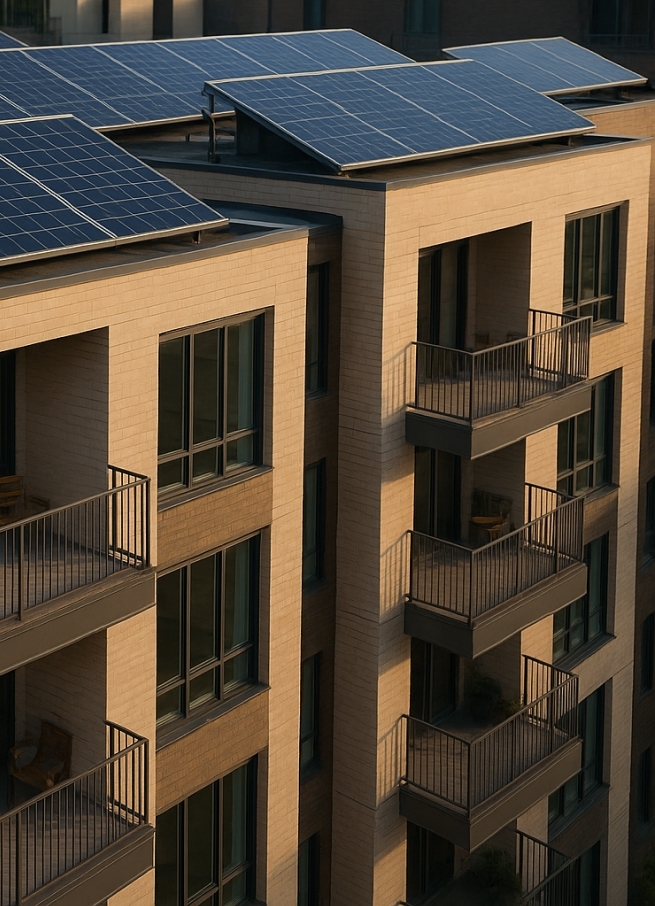Solar on Apartments: Don't let Sub-Metering Waste your Time and Money

When it comes to investing in solar on multifamily properties, Owners tend to focus on the solar equipment that generates solar energy (Panels, inverters, mounting equipment) as the most crucial part. However, the backend monitoring and billing platforms are equally important and can make or break a solar investment.
Many property owners get a traditional sub-metering system to bill and monitor the residents' energy consumption and issue bill credits for solar energy production. They are cutting themselves short, and here is why:
- It takes a lot of time and effort to bill residents for solar energy accurately and fairly.
- The data often has multiple errors and inaccurate cost calculations.
- It does not take into consideration the residents' time-of-use energy consumption.
- It only measures the residents' usage; it does not disaggregate or calculate resident savings.
- Disincentivizes residents from saving with solar and opting into a shared solar program.
Waste of Time and Effort
Traditional sub-metering can require significantly more time and effort to read meter data, compile, and report the data to end-users. This can make tracking actual energy usage from solar vs. the Grid much more difficult. It is ultimately offering the same kind of billing as the local utility.
Data Inaccuracies
If there are errors in recording data (which will happen), one will have to rely entirely on estimated numbers. Tracking usage inaccuracies will be frustrating and confusing for utility companies and end-users. Property owners and their property managers do not have time to waste calculating inaccuracies.
No Time-of-Use Consideration
Traditional sub-metering does not consider many different factors, such as what appliances are in use, time of day, and overall consumption habits. Most solar panels produce electricity and send it directly back to the primary power grid. Traditional sub-metering allows users to track how much energy they are using in total but does nothing to show them where their energy consumption comes from (Grid vs. Solar).
No Resident Savings
Traditional sub-metering has no direct savings for the end-users. So residents receive a traditional energy bill no different from what they would receive from the local utility, with no savings—making it difficult for residents to get excited about opting for solar energy when they do not receive any direct benefits.
Lack of Resident Engagement and Behavior Change Opportunities
Traditional sub-metering also does not consider the exact amount of solar generation contributing to the savings reducing utility costs. There is a chance that the users will not clearly understand how much they can optimize their specific solar utilization or how much they are saving on their monthly energy costs by using solar energy. In turn, this leads to users not appreciating the access to onsite solar or understanding the physical elements of the asset and its value.
Consider all the options when deciding what solar energy billing systems to go with, including Virtual Grid by Ivy. Virtual Grid seamlessly solves the problems listed above with traditional sub-metering and is the first solar energy billing SAAS of its kind. Virtual Grid makes it possible for property owners to generate new net operating income for each unit by equitably distributing solar energy and guaranteeing monthly savings to residents. Reach out to Ivy about getting a great ROI on solar investment for apartments. Here





